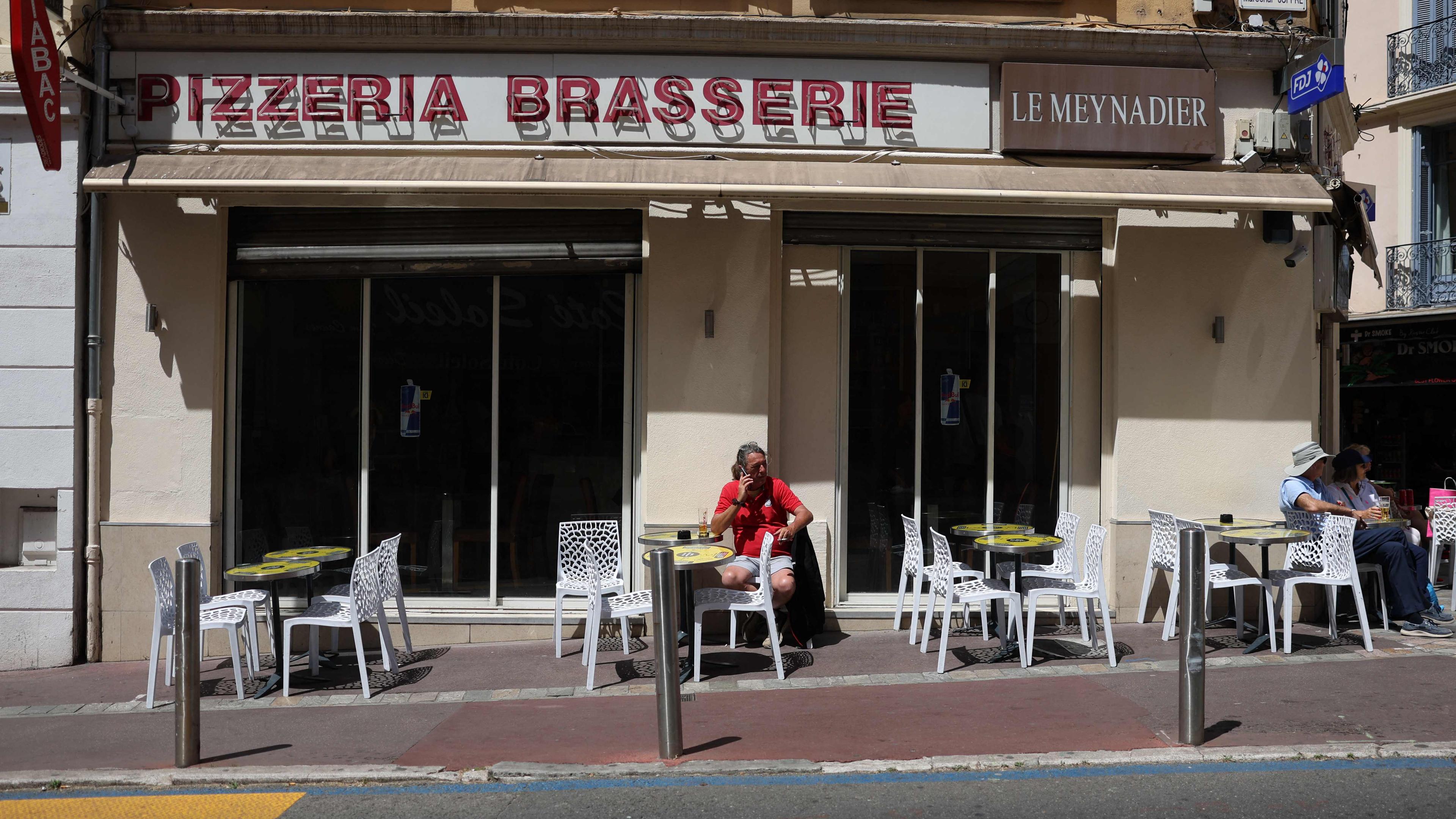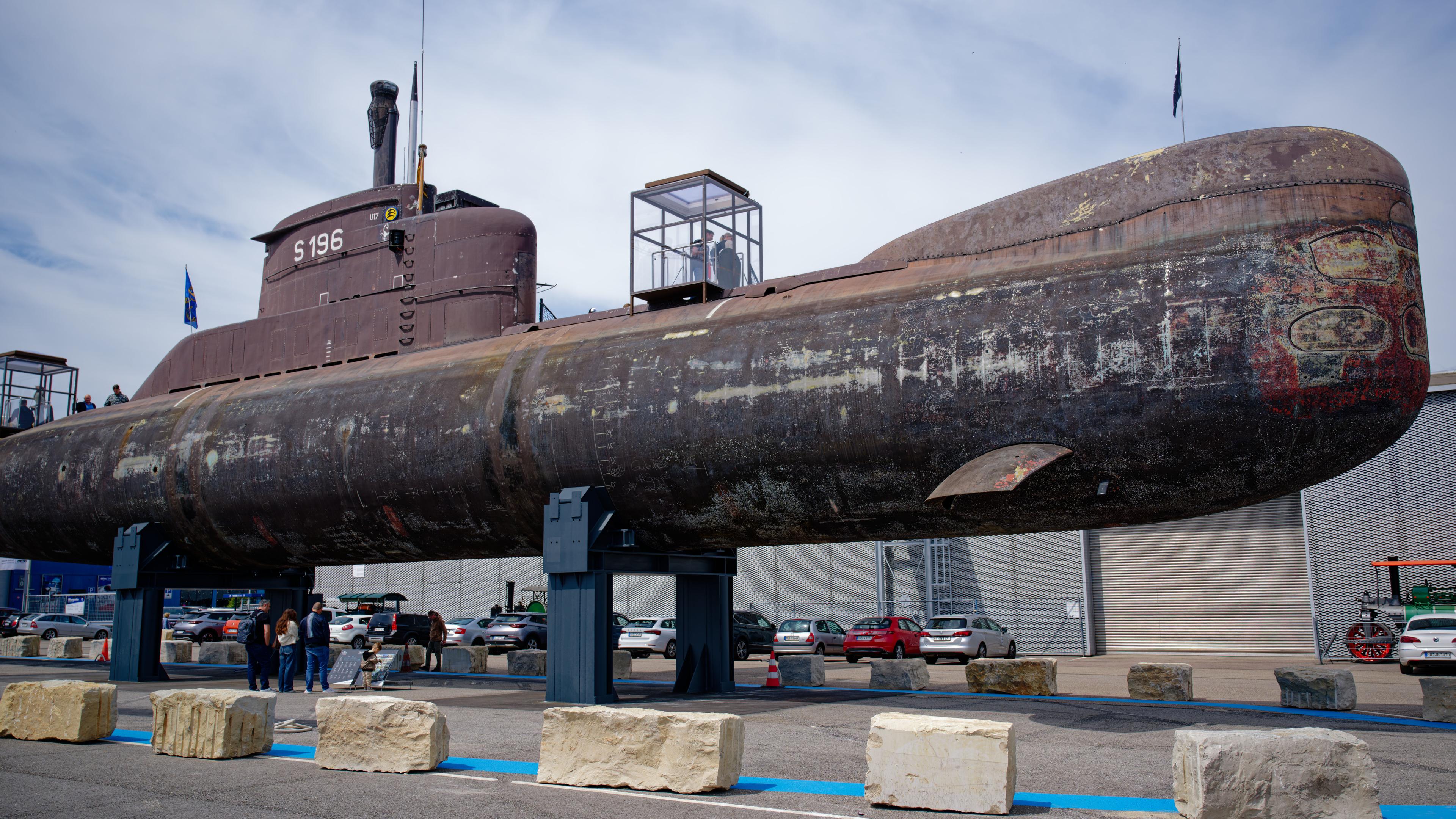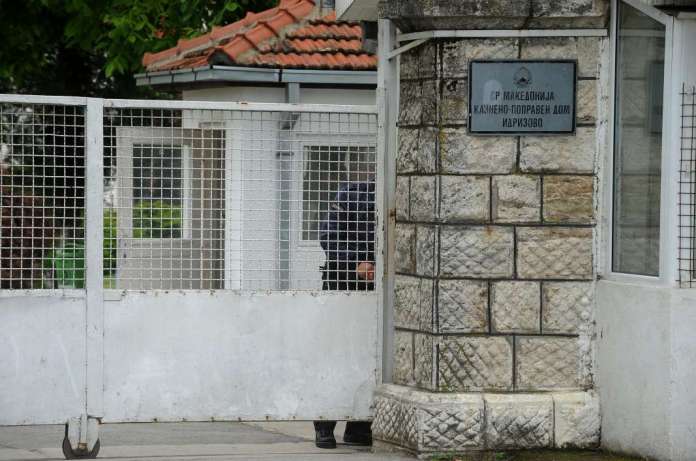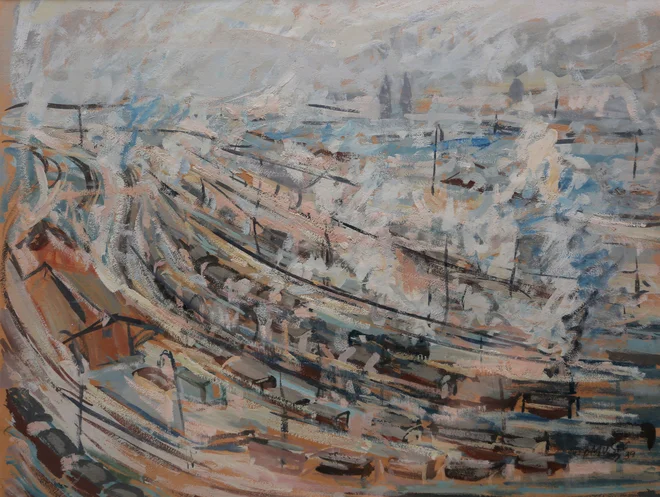« Amour Fou »: The passionate relationship that art history wrote
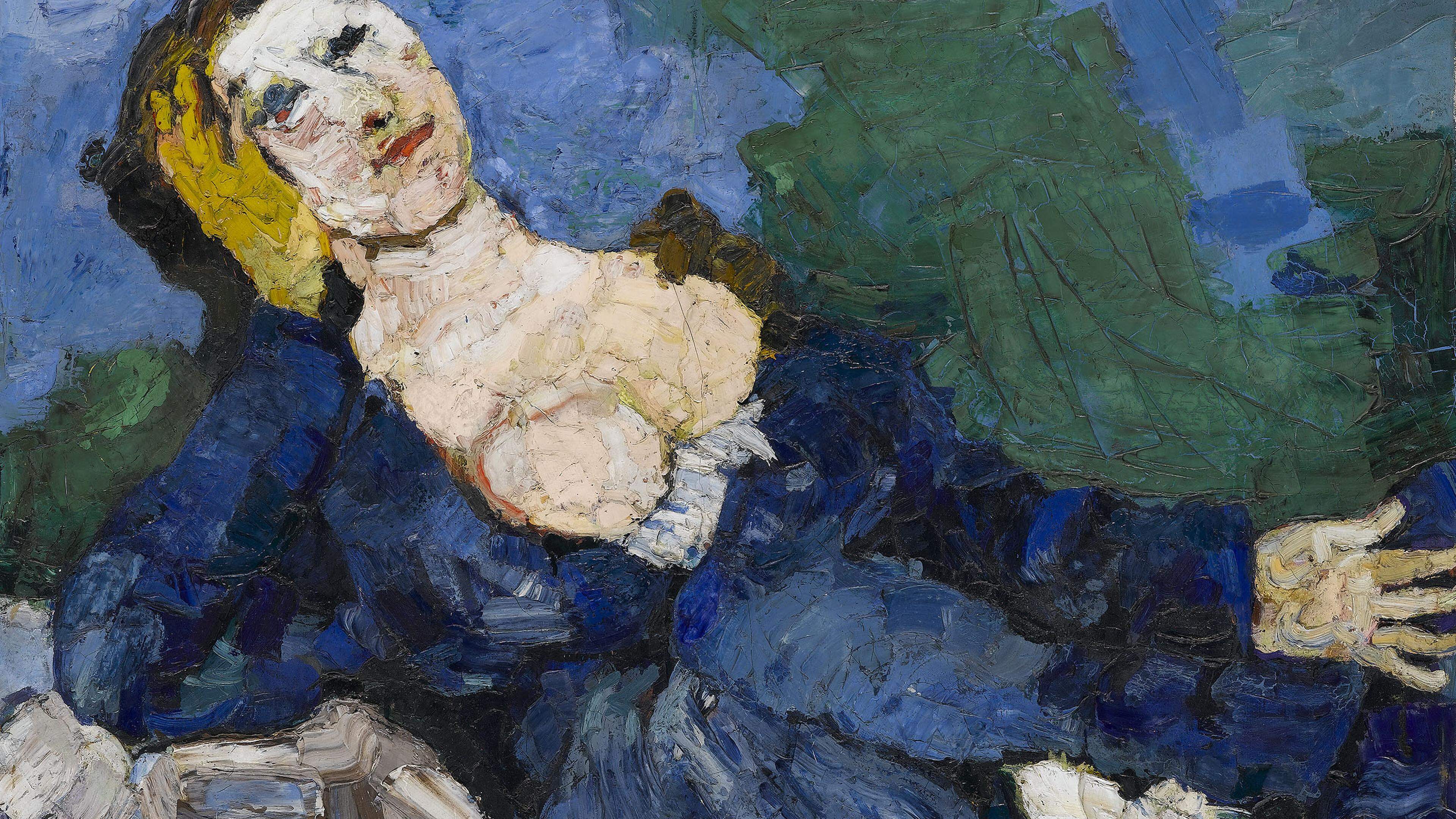
Without Alma, these pictures would never have been painted if he had never written these letters if he had never voluntarily moved to war. It is a short but violent love relationship between Oskar Kokoschka, the young, wild Viennese painter and the seven-year-old composer widow Alma Mahler, in the Essen Folkwang Museum. Her « Amour Fou », which started in 1912, is the artistic basis for the works shown under the title « Frau in Blau ». Under this perspective, presenting an exhibition that is dedicated to a fiery, intensive phase in an artist life without exception, somehow falls out of the frame. Just like the deep, passionate connection between Alma and Oskar.
Torn and yet creative: van Gogh and Wong
Connection full of contradictions
The history of her relationship is closely linked to the history of the collection of folkwang. An exhibition of Kokoschka’s early works in Berlin in Berlin delighted the art collector Karl Ernst Osthaus, the founder of the Folkwang, so much that he soon showed the pictures in his Hagen Museum. Osthaus had studied in Vienna and was in artist circles, so he met Kokoschka. He later received a portrait of Mahler as a gift, even after her separation from Kokoschka, both corresponded intensively.
Oskar Kokoschka, double portrait Oskar Kokoschka and Alma Mahler, 1912, oil on canvas, 100 x 90 cm, museum folkwang, food. Photo: © Fondation Oskar Kokoschka / VG Bild-Kunst, Bonn 2025
The works now shown in Essen are primarily a reflection of a violent love fight, a relationship between hell and paradise. The background of the work includes this biographical story of two people who were moving outside of common norms and whose lives were full of contradictions: great feelings and jealousy, marriage proposals and official – but never accomplished – wedding, pregnancies, abortions and miscarriages, beautiful trips and spa stays, mutual control and distrust. Only after the end of the connection – Alma had secretly married Walter Gropius in Berlin in August 1915 – Kokoschka created a life -size alma doll fetish, so to speak, his final in the second act of this love drama.
Inspired by Alma
The focus of the exhibition is this “woman in blue”, which is a representation of the Alma doll in particularly expressive colors and was created in 1919. Since he hadn’t lived with Alma for almost four years, but he still inspired his imagination. The embodiment of his longings lies with half -closed eyes on a sofa, headed with the right hand, shaped her mouth into a slight smile. The blue dress is open, your bright breasts have a challenging effect, as well as the position of your left hand. The picture radiates an erotic attraction and was « one of the most beautiful pictures » from the time after his release from the sanatorium for Kokoschka. Above all, it marks a turning point in its painting style. Now he uses almost spatula -like brush trains, the colors are much more intense. It was not until 1922 that he publicly destroyed the doll at an artist festival in his front garden, he claimed it.
Oskar Kokoschka, self -portrait on the easel, 1922, oil on canvas, 180.5 x 110.3 cm private collection, Courtesy Leopold Fine Arts. Photo: © Fondation Oskar Kokoschka / VG Bild-Kunst, Bonn 2025
Expressionist phase
Many of Kokoschkas from his time with (and after) Alma Mahler are now considered the main works in modern art. It is his expressionist phase (between 1912 and 1922), in which he was particularly productive and was inspired by Alma’s dazzling personality. The development finds expression in ten paintings, seven subjects, a mural, numerous graphics and said doll, this artificial continuation of an ecstatic relationship. Folkwang shows all of this until June 22nd in a compressed but remarkable show, to which public and private loans from Tokyo, Vienna, Zurich and Germany contribute. At the same time, the exhibition takes a look at a fascinating, but also controversial woman, who significantly influenced the Vienna art scene at the beginning of the 19th century. And somehow she was the right counterpart to Kokoschka’s penchant for self -staging, to his intuitive understanding as an artist to use the instruments of modern marketing and communication. « With well -tempered scandals, he tries to draw attention to himself and his work and to stage himself as a victim of the scandal in the media and in public, » writes the well -known art historian Bernd W. Rieger in the accompanying band. Word got around since then?
Historical portrait Alma Mahler, 1909. Photo: Madame d’Ora, © Austrian National Library
Woman in Blau, Oskar Kokoschka and Alma Mahler, until June 22nd in the Museum Folkwang, Museumsplatz 1 in Essen, Tuesdays, Wednesdays, Saturdays and Sundays from 10 a.m. to 6 p.m., Thursdays and Fridays from 10 a.m. to 8 p.m. Admission free. www.museum-folkwang.de


